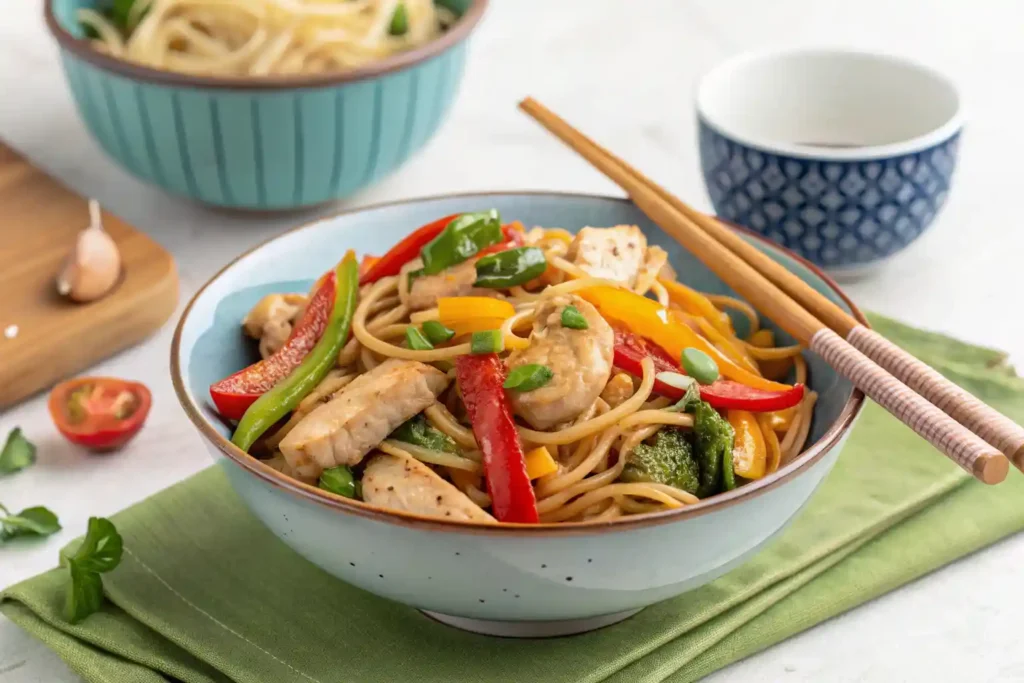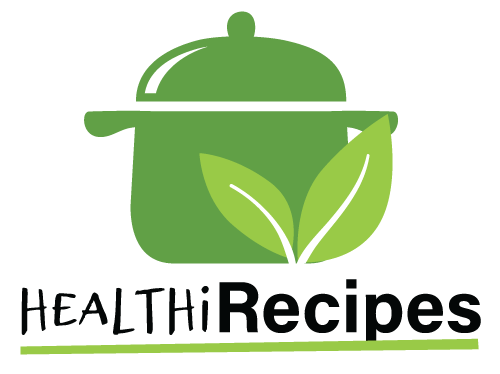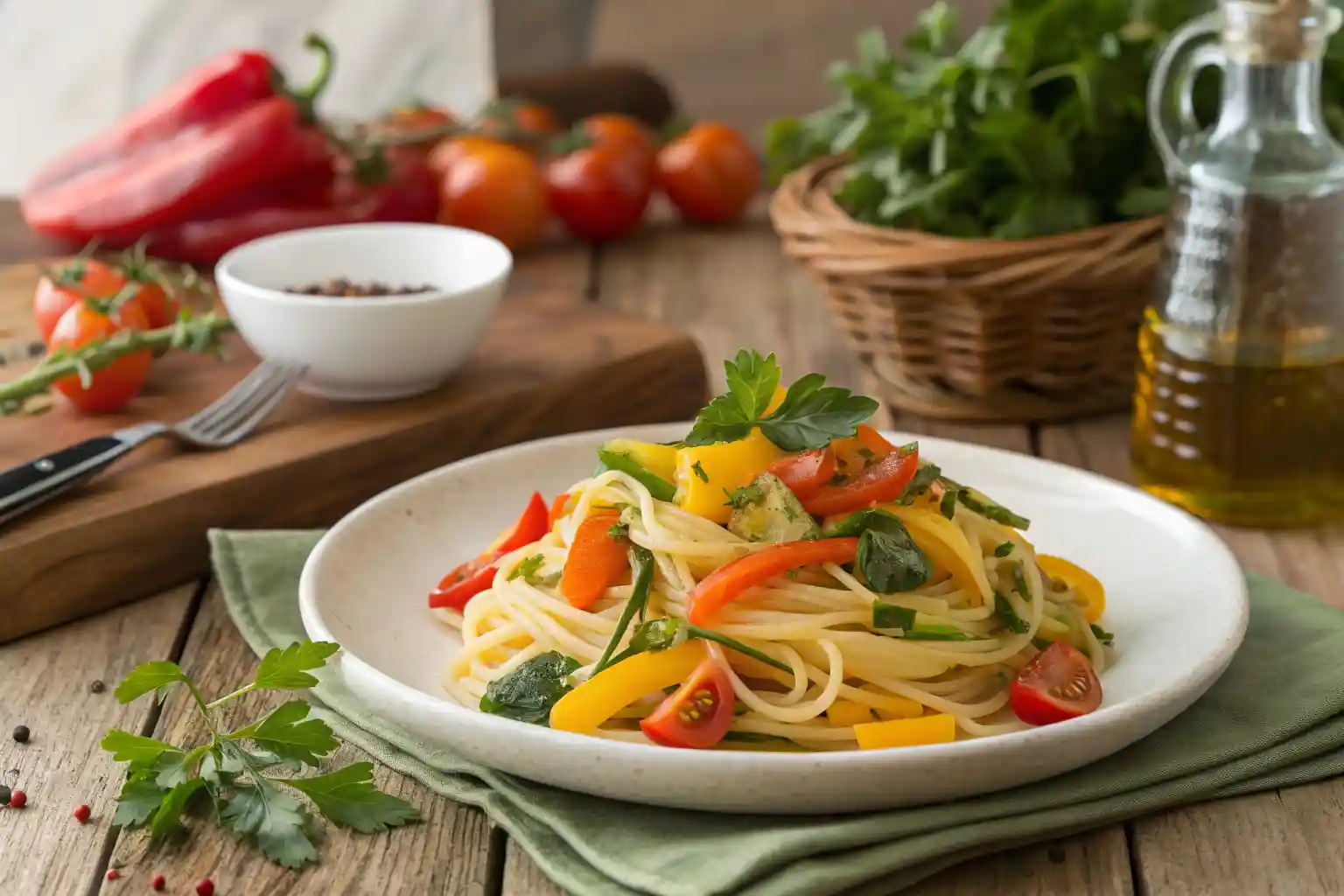In today’s health-conscious world, many people are on the lookout for delicious yet nutritious alternatives to traditional foods. One such option that has gained popularity is skinny pasta. This article will explore everything you need to know about skinny pasta, from its definition and health benefits to cooking tips and common misconceptions. Whether you’re trying to lose weight, manage your diet, or simply enjoy a tasty meal, skinny pasta might just be the perfect fit for you. Let’s dive in!
Table of contents
1: What is Skinny Pasta?
Definition
So, what exactly is skinny pasta? At its core, pasta refers to a variety of pasta alternatives that are lower in calories and carbohydrates compared to traditional pasta. These alternatives are often made from unique ingredients that provide a similar texture and taste without the extra calories. This makes them a fantastic choice for anyone looking to enjoy their favorite pasta dishes without the guilt.
Types of Skinny Pasta
There are several types of pasta available, each with its own unique characteristics:
- Konjac Pasta: Also known as Shirataki noodles, konjac pasta is made from the konjac root. It’s incredibly low in calories—often just 9 calories per serving! This pasta is mostly water and fiber, making it a popular choice for those on low-carb or ketogenic diets.
- Zucchini Noodles: Often referred to as zoodles, these are made by spiralizing fresh zucchini. They’re not only low in calories but also packed with vitamins and minerals. Zoodles are a great way to sneak in some extra veggies while enjoying a pasta-like dish.
- Whole Wheat Pasta: While not as low in calories as konjac or zucchini noodles, whole wheat pasta is a healthier option compared to regular pasta. It contains more fiber and nutrients, making it a better choice for those looking to maintain a balanced diet.
2: The Health Benefits of Skinny Pasta
Low-Calorie Content
One of the biggest draws of skinny pasta is its low-calorie content. For those watching their weight, this is a game-changer. Traditional pasta can pack in a hefty amount of calories, especially when served in large portions. In contrast, many types of pasta, like konjac noodles, contain minimal calories—often just 9 calories per serving! This means you can enjoy a satisfying meal without the extra calories weighing you down.
Nutritional Advantages
When it comes to nutrition, skinny pasta has some impressive benefits.
- Fiber Content: Many varieties of skinny pasta, especially those made from konjac, are high in fiber. Fiber is essential for digestive health and can help you feel full longer. This can be particularly helpful if you’re trying to manage your weight. Plus, fiber aids in regulating blood sugar levels, making it a smart choice for those with diabetes.
- Gluten-Free Options: For individuals with gluten sensitivities or celiac disease, finding gluten-free pasta can be a challenge. Luckily, many types of pasta are naturally gluten-free. Konjac noodles, for instance, are a fantastic alternative that allows you to enjoy pasta dishes without the gluten.
Weight Management
Incorporating skinny pasta into your diet can also support weight management. Because it’s low in calories and high in fiber, it can help you feel satisfied without overindulging. You can enjoy larger portions of your favorite pasta dishes without the guilt. Plus, when paired with healthy sauces and toppings, pasta can be a delicious and nutritious meal option.
If you’re interested in exploring more healthy recipes, check out Healthi Recipes for ideas that incorporate pasta and other nutritious ingredients.
3: How is Skinny Pasta Made?

Ingredients Used in Skinny Pasta
The ingredients used to make skinny pasta vary depending on the type. For instance, konjac pasta is primarily made from the konjac root, which is rich in glucomannan, a type of soluble fiber. This ingredient is what gives konjac noodles their unique texture and low-calorie count. On the other hand, zucchini noodles are made from fresh zucchini, which is spiralized into noodle shapes. This not only adds flavor but also boosts the nutritional value of your meal.
Manufacturing Process
The manufacturing process of pasta is quite fascinating.
- From Konjac Root to Pasta: To create konjac pasta, manufacturers first process the konjac root into a flour. They then mix this flour with water to form a gel-like substance. After that, they shape the mixture into noodles and package it. The result is a low-calorie, gluten-free pasta that you can enjoy right away.
- Other Ingredients: Some brands may add additional ingredients to enhance flavor or texture. For example, some skinny pasta products might include vegetable extracts or seasonings. However, it’s essential to check the labels to ensure you’re choosing a product that aligns with your dietary needs.
4: Comparing Skinny Pasta to Traditional Pasta
Caloric Comparison
When it comes to calories, skinny pasta stands out as a clear winner. Traditional pasta, such as spaghetti or penne, can contain around 200 calories or more per serving. In contrast, many types of pasta, especially konjac noodles, have a mere 9 calories per serving. This significant difference allows you to enjoy larger portions without the calorie overload. So, if you’re looking to cut back on calories while still enjoying your favorite pasta dishes, pasta is an excellent choice.
Nutritional Differences
Beyond calories, there are notable nutritional differences between skinny pasta and traditional pasta.
- Carbohydrate Content: Traditional pasta is often high in carbohydrates, which can spike blood sugar levels. On the other hand, skinny pasta, particularly those made from konjac, is very low in carbs. This makes it a great option for those following low-carb or ketogenic diets.
- Fiber and Nutrients: While traditional pasta does provide some fiber, it often lacks the nutritional punch found in skinny pasta alternatives. For instance, zucchini noodles are not only low in calories but also rich in vitamins and minerals. They provide a healthy dose of vitamin C and potassium, which are essential for overall health.
Taste and Texture
Now, you might wonder about the taste and texture of skinny pasta compared to traditional options. While some people find konjac noodles to have a slightly different texture, many enjoy them when prepared correctly. Zoodles, on the other hand, have a fresh taste that pairs well with various sauces. It’s all about experimenting with different recipes to find what you love.
5: Cooking with Skinny Pasta

Best Cooking Methods
Cooking skinny pasta can be a bit different from traditional pasta, but it’s quite simple once you get the hang of it. Here are some of the best methods:
- Rinsing: For konjac noodles, it’s essential to rinse them thoroughly before cooking. This helps remove any residual odor and improves the taste. After rinsing, you can sauté them in a pan for a few minutes to heat them up.
- Boiling: If you’re using zucchini noodles, you can briefly boil or steam them. However, be careful not to overcook them, as they can become mushy. A quick sauté in olive oil with garlic can also enhance their flavor.
Delicious Recipes Using Skinny Pasta
There are countless ways to enjoy skinny pasta in your meals. Here are a couple of delicious recipes to get you started:
- Skinny Pasta Salad: Combine cooked konjac noodles with cherry tomatoes, cucumbers, and a light vinaigrette for a refreshing salad. Add some feta cheese for extra flavor!
- Skinny Pasta Stir-Fry: Sauté your favorite vegetables, such as bell peppers and broccoli, in a bit of olive oil. Add konjac noodles and a splash of soy sauce for a quick and tasty stir-fry.
Tips for Perfectly Cooking Pasta
To ensure your skinny pasta turns out perfectly every time, keep these tips in mind:
- Don’t Overcook: Since pasta cooks quickly, keep an eye on it to avoid overcooking. A few minutes is usually all it takes.
- Experiment with Sauces: Skinny pasta pairs well with a variety of sauces. Try marinara, pesto, or even a simple olive oil and garlic sauce to enhance the flavor.
6: Common Misconceptions About Skinny Pasta
Is Skinny Pasta Actually 9 Calories?
One of the most common questions about skinny pasta is whether it really contains just 9 calories per serving. The answer is yes, but it’s important to understand the context. This low-calorie count primarily applies to konjac noodles, which are made from the konjac root. These noodles are mostly water and fiber, making them incredibly low in calories. However, not all pasta options are this low in calories. For example, zucchini noodles and whole wheat pasta have more calories, but they still offer a healthier alternative to traditional pasta.
Does Konjac Pasta Taste Like Pasta?
Another misconception is about the taste of konjac pasta. Many people wonder if it tastes like traditional pasta. While konjac noodles have a slightly different texture, they can be quite enjoyable when prepared correctly. They tend to absorb the flavors of the sauces and ingredients they’re cooked with. So, if you’re using a flavorful sauce, you might not even notice the difference! It’s all about how you season and cook them.
Is Skinny Pasta Healthy?
Lastly, some folks question whether skinny pasta is genuinely healthy. The answer largely depends on your dietary needs and how you use it. pasta can be a great option for those looking to reduce calories and carbs. However, it’s essential to pair it with nutritious ingredients, like vegetables and lean proteins, to create a balanced meal. So, while pasta can be a healthy choice, it’s crucial to consider the overall meal composition.
In summary, understanding these common misconceptions can help you make informed choices about incorporating skinny pasta into your diet.
7: FAQs About Skinny Pasta
What is Skinny Pasta Made Of?
Skinny pasta typically features unique ingredients that distinguish it from traditional pasta. The most common type, konjac pasta, comes from the konjac root, which is rich in glucomannan, a soluble fiber. Other varieties, such as zucchini noodles, use fresh zucchini, while whole wheat pasta contains whole grain flour.
Each type offers different nutritional benefits, making them great alternatives to regular pasta.
Is Konjac Pasta Healthy?
Yes, konjac pasta is considered healthy for many people. It’s low in calories and carbs, making it a popular choice for those on low-carb or ketogenic diets. Additionally, it’s high in fiber, which can aid digestion and help you feel full longer. However, it’s essential to ensure you’re getting a balanced diet by pairing it with other nutritious foods.
Can Skinny Pasta Be Used in Traditional Recipes?
Absolutely! You can use pasta in any recipe that calls for traditional pasta. Whether you’re making spaghetti, lasagna, or a pasta salad, simply substitute pasta for the regular kind. Just keep in mind that cooking times and methods may vary, so be sure to adjust accordingly.
How to Store it?
Storing pasta depends on the type you have. For konjac noodles, keep them in their sealed packaging until you’re ready to use them. Once you open the package, store the noodles in the refrigerator and consume them within a few days. Use zucchini noodles fresh, but if you have leftovers, place them in an airtight container in the fridge for a day or two.
8: Where to Buy Skinny Pasta
Online Retailers
If you’re looking to buy skinny pasta, online retailers are a great place to start. Websites like Amazon, Walmart, and specialty health food stores often carry a variety of options, including konjac noodles and zucchini noodles. Shopping online allows you to compare prices and read reviews, helping you find the best product for your needs. Plus, you can often find bulk options, which can save you money in the long run.
Local Grocery Stores
Many local grocery stores now stock skinny pasta in their health food or gluten-free sections. Stores like Whole Foods, Trader Joe’s, and even some larger chain supermarkets may have a selection of konjac noodles and other alternatives. It’s worth checking your local store to see what they offer.
Specialty Health Food Stores
Don’t forget about specialty health food stores! These shops often have a wider range of pasta options, including unique brands and flavors. If you’re looking for something specific, like organic or gluten-free varieties, these stores are your best bet.
In summary, whether you choose to shop online or visit local stores, finding pasta is easier than ever!
9: Conclusion
In conclusion, skinny pasta is a fantastic alternative to traditional pasta, offering numerous health benefits without sacrificing flavor. With options like konjac noodles and zucchini noodles, you can enjoy your favorite pasta dishes while keeping your calorie intake in check. Whether you’re looking to manage your weight or simply want to eat healthier, incorporating pasta into your meals is a smart choice.
Don’t forget to explore other delicious recipes that can complement your skinny pasta dishes. For instance, you can try making Healthy Enchiladas. You might also buy your box of pasta from here: Shop It’s Skinny Pasta Varieties.

